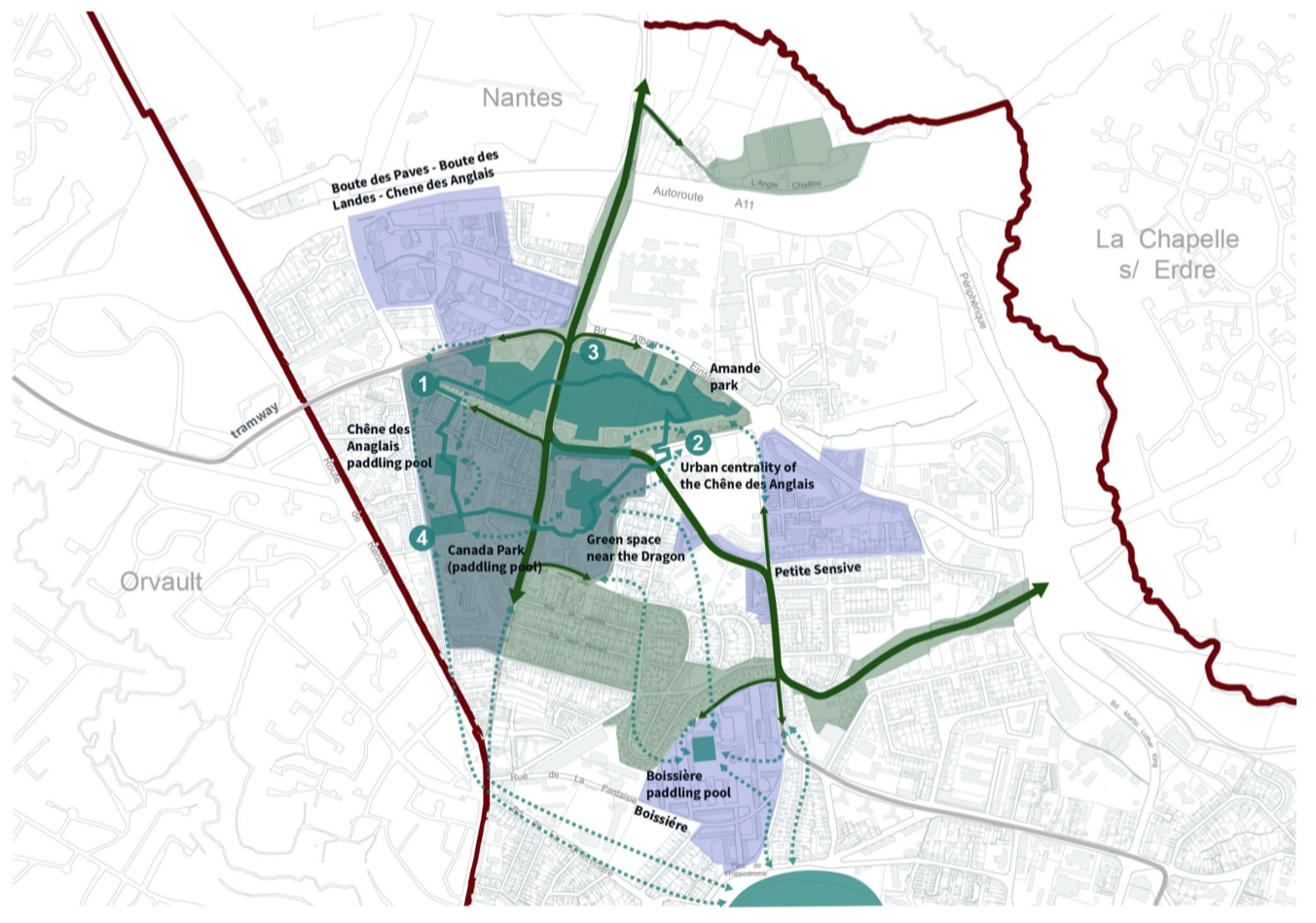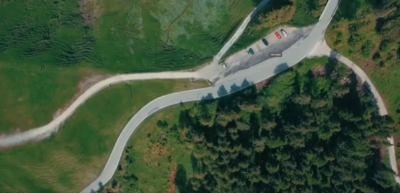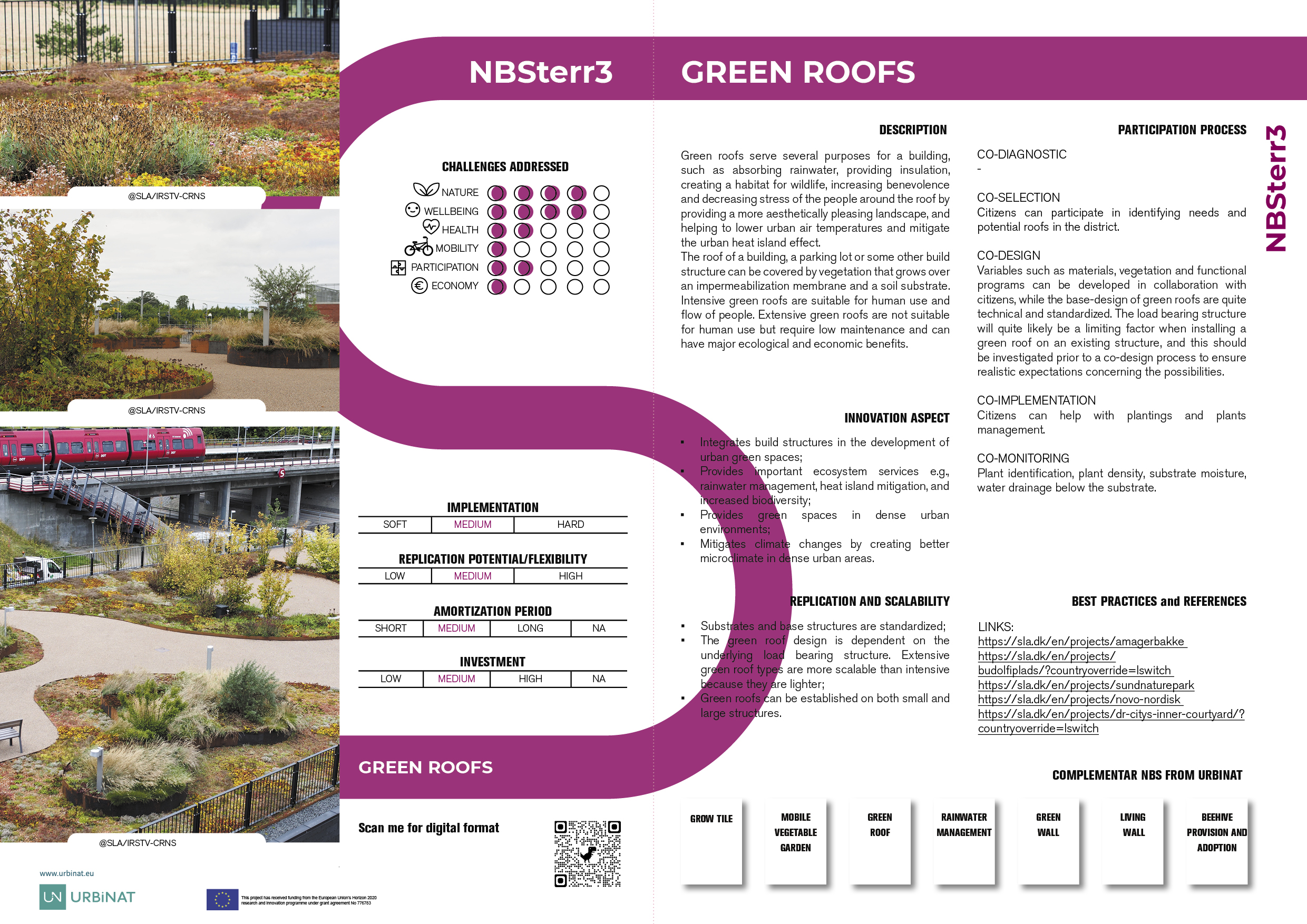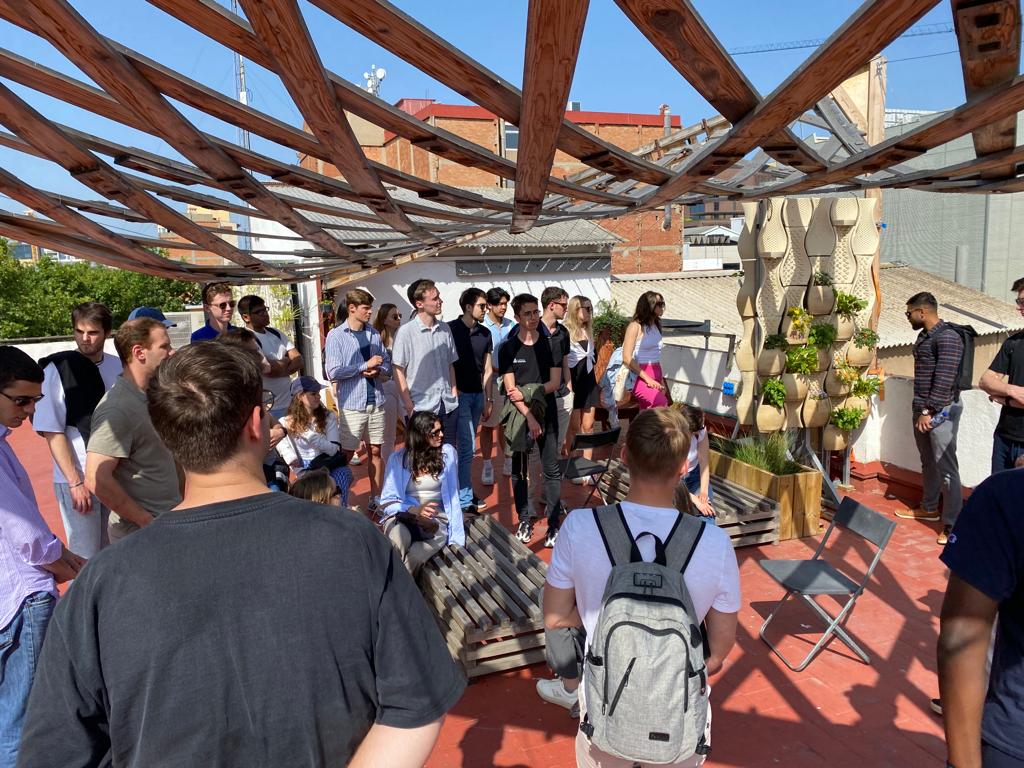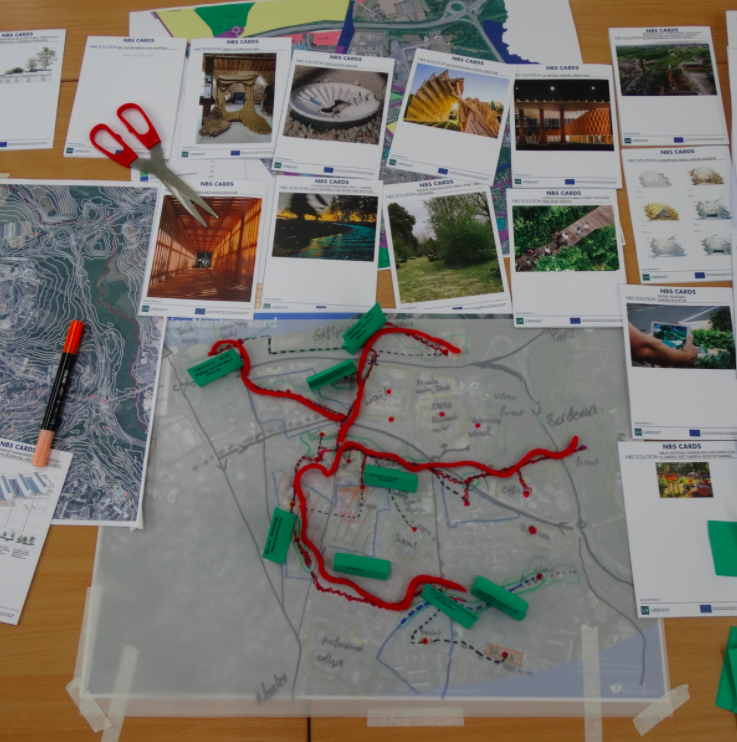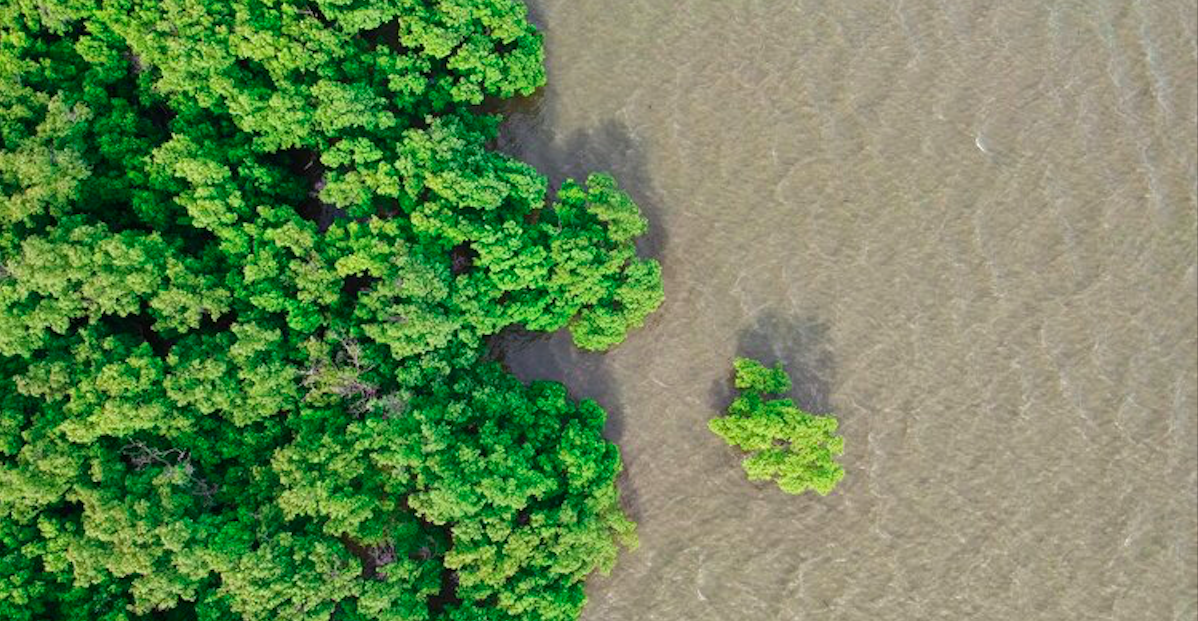Ceramic Green Wall
CHALLENGES ADDRESSED
Score impact
Nature
Wellbeing
Health
Mobility
Participation
Economy
DESCRIPTION
It is a 3D printed ceramic green wall composed by 3D printed ceramic pots that contains soil, plants and a bio photovoltaic system. This system harvests the energy produced by bacteria living near the plants’ roots, which is used to activate the irrigation system, making it energy self sufficient.
It includes sensors detecting the moisture in the soil, minimizing therefore irrigation. If vegetables are planted in it, it can also be used as a vertical vegetable garden. The green wall can be specifically designed and adapted to different spaces, local needs, and climatic conditions.
It provides several urban ecosystems services, such as: energy production, flood reduction (increasing porous in cities), air quality enhancement, and heat island effect mitigation.
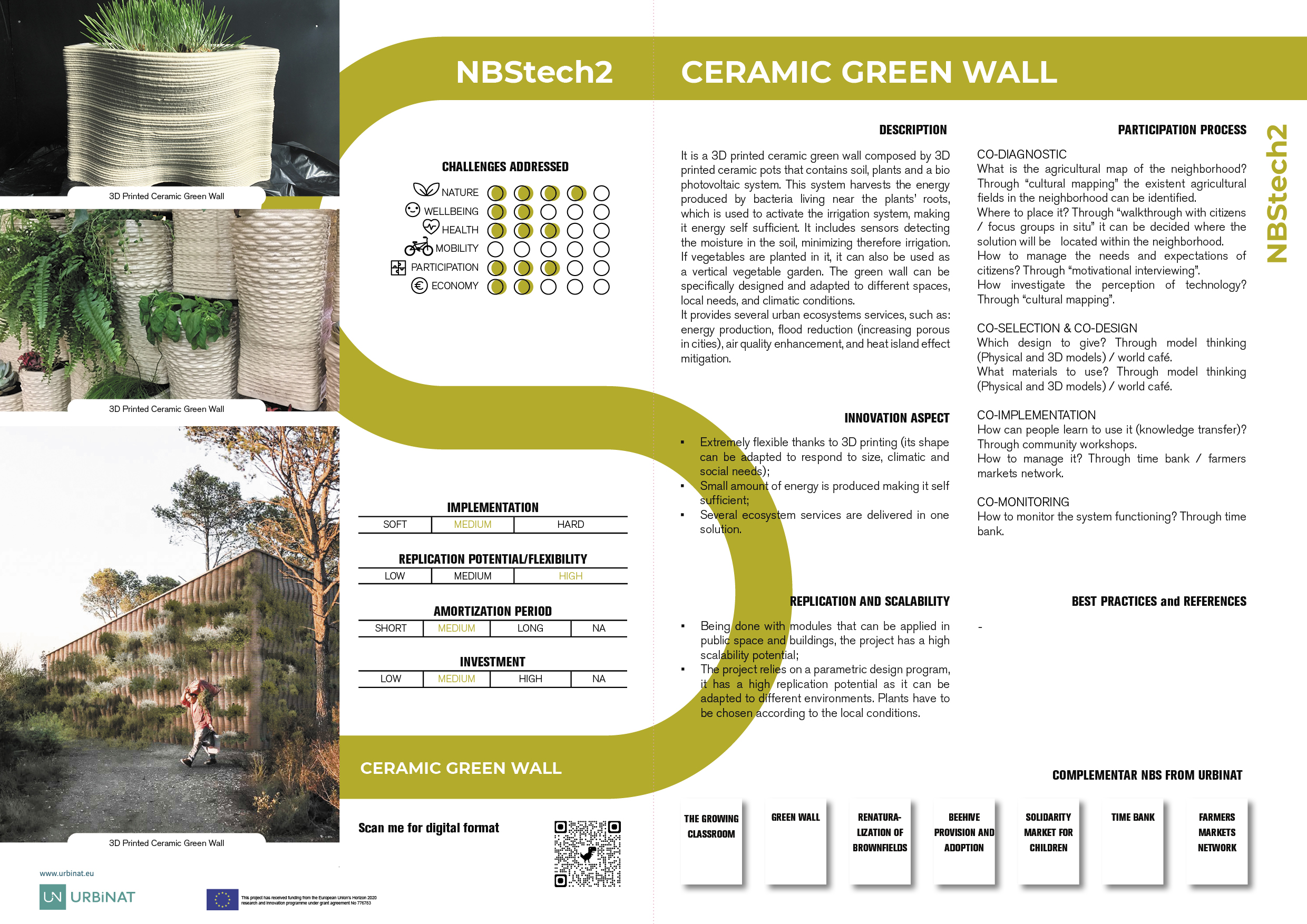
[Download PDF] Ceramic Green Wall
It is a 3D printed ceramic green wall composed by 3D printed ceramic pots that contains soil, plants and a bio photovoltaic system. This system harvests the energy produced by bacteria living near the plants’ roots, which is used to activate the irrigation system, making it energy self sufficient. It includes sensors detecting the moisture in the soil, minimizing therefore irrigation. If vegetables are planted in it, it can also be used as a vertical vegetable garden. The green wall can be specifically designed and adapted to different spaces, local needs, and climatic conditions.
It provides several urban ecosystems services, such as: energy production, flood reduction (increasing porous in cities), air quality enhancement, and heat island effect mitigation.
INNOVATION ASPECT
- Extremely flexible thanks to 3D printing (its shape can be adapted to respond to size, climatic and social needs);
- Small amount of energy is produced making it self sufficient;
- Several ecosystem services are delivered in one solution.
REPLICATION AND SCALABILITY
- Being done with modules that can be applied in public space and buildings, the project has a high scalability potential;
- The project relies on a parametric design program, it has a high replication potential as it can be adapted to different environments. Plants have to be chosen according to the local conditions.
PARTICIPATION PROCESS

-
1
CO-DIAGNOSTIC
What is the agricultural map of the neighborhood? Through “cultural mapping” the existent agricultural fields in the neighborhood can be identified.
Where to place it? Through “walkthrough with citizens / focus groups in situ” it can be decided where the solution will be located within the neighborhood. How to manage the needs and expectations of citizens? Through “motivational interviewing”.
How investigate the perception of technology? Through “cultural mapping”.
-
2
CO-SELECTION & CO-DESIGN
Which design to give? Through model thinking (Physical and 3D models) / world café.
What materials to use? Through model thinking (Physical and 3D models) / world café.
-
3
CO-IMPLEMENTATION
How can people learn to use it (knowledge transfer)? Through community workshops.
How to manage it? Through time bank / farmers markets network.
-
4
CO-MONITORING
How to monitor the system functioning? Through time bank.
URBiNAT Resources
[Research paper ??] Integrating biophotovoltaic and cyber-physical technologies into a 3D printed wall
ABSTRACT: The research presented in this paper investigates the development of ``3D printed ceramic green wall'', a technological Nature Based Solution (NBS) aimed at regenerating urban areas by improving spatial quality and sustainability through clean and autonomous energy production. Building upon previous research, the challenge of this system is to adapt additive manufacturing processes of ceramic 3D printing with biophotovoltaic systems while simultaneously developing digital and cyber-physical frameworks to generate site and user responsive design and autonomous solutions that optimize system performance and energy generation.



